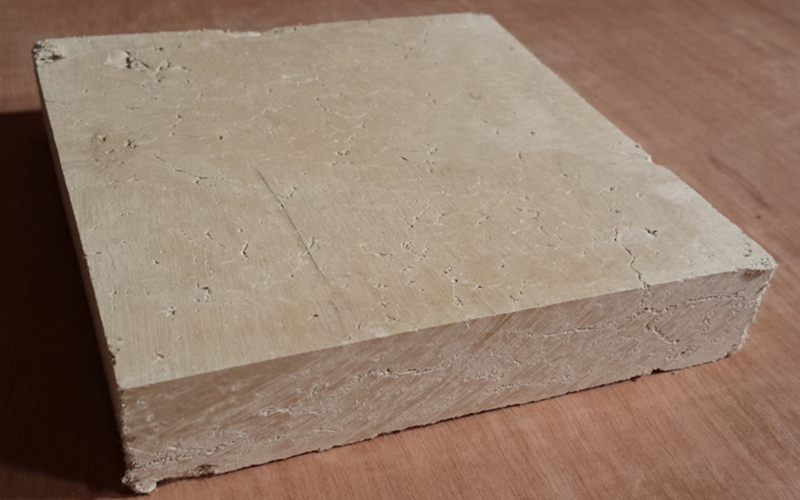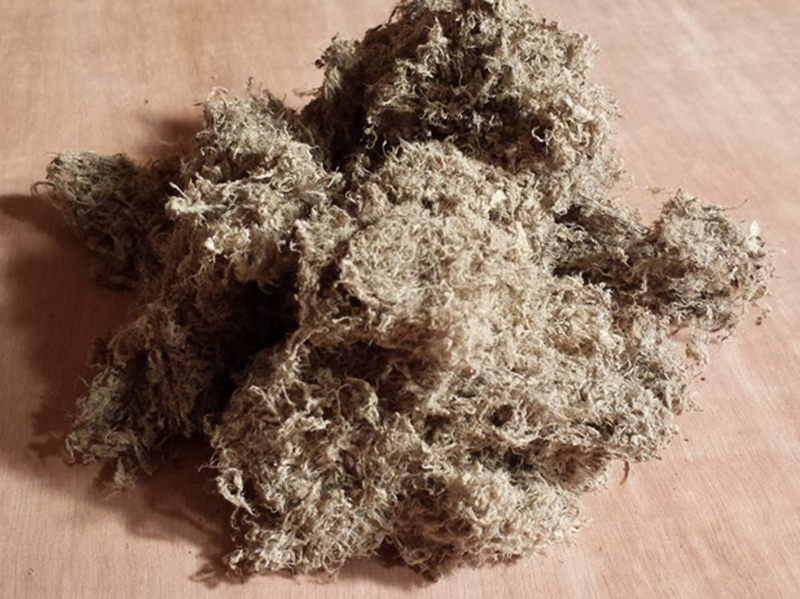At a glance
- DatesOctober 2015 – October 2016
- SponsorEngineering and Physical Sciences Research Council (EPSRC) and Ecoganix
- Funded£146,000
- PartnersSome of the UK’s paper mills
Cellulose, found in plant cell walls, is the world’s most abundant natural material; it can also be found in by-products from the paper manufacturing process. A million tonnes of paper mill sludge waste, which is currently being recycled for low value applications, such as agricultural land spreading, is produced annually in the UK.
However, previous research has revealed cellulose can be processed into nano-crystalline cellulose (NCC) which has mechanical properties comparable to current engineering materials such as carbon fibre and steel. This means it has potential as a reinforcing composite material and that natural materials like cellulose could be used to substitute some conventional materials.
Instead of obtaining cellulose fibres from biomass plants, our research is investigating a restorative approach that considers the cellulose by-products created from paper manufacturing.
By-products from paper mills in the UK are being analysed to characterise their mechanical properties to substitute conventional materials used in applications such as MDF (medium density fibreboards), wood plastic composites, polymer reinforcement fillers, logistics pallets and hardboards.
The potential advantages include more lightweight materials, and a reduction of toxic fillers in polymer and of urea-formaldehyde in MDF, as well as reduced costs.


The by-products differ from each paper mill. We are investigating their individual properties to know what materials are more suitable for example, MDF or polymer reinforcement.
We will be developing some of these applications up to test pilot scale for manufacturing either raw materials or products for other businesses.
Our research will contribute to:
- Identifying a new value stream for waste management
- Environmental benefits for paper manufacturing
- Reducing dependence on some raw materials
- Creating new products and business.
